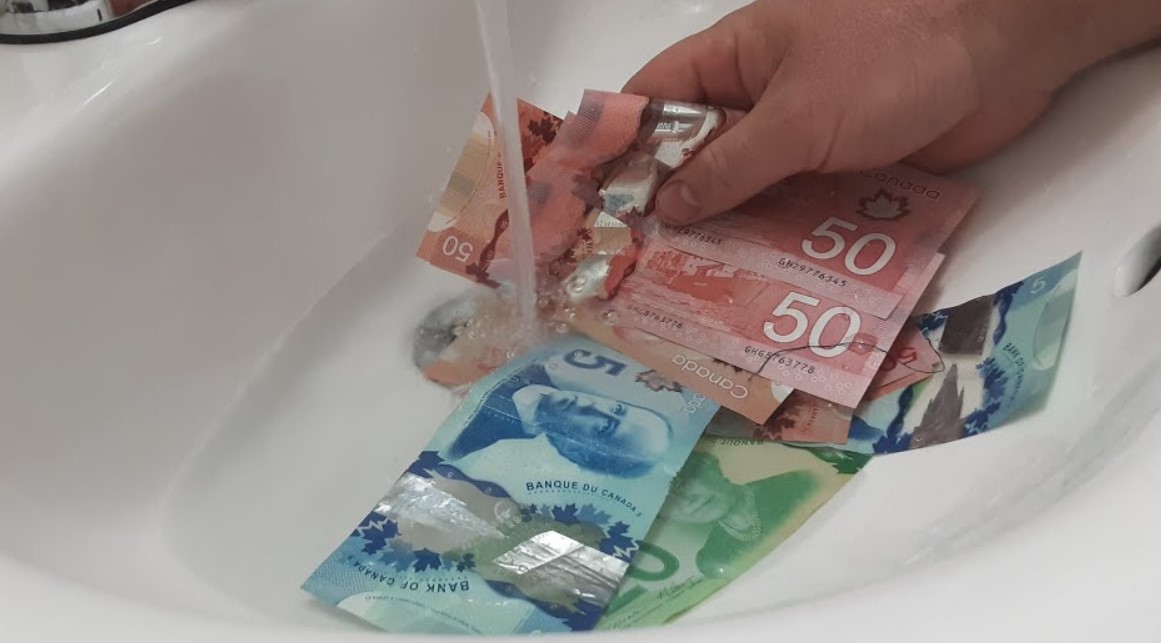Is Canadian Money Waterproof?

Canada is known for its stunning landscapes, diverse culture, and some unique features that set it apart from the rest of the world. One such feature is its currency. The Canadian dollar bills are not just colorful and vibrant; they are also known for their durability and resistance to wear and tear. But what about their resistance to water? Is Canadian money waterproof?

The Polymer Revolution
In recent years, Canada has taken a significant leap in the realm of currency technology. The country introduced polymer banknotes, a revolutionary change from the traditional paper-based bills. These polymer notes are made from a type of plastic material known as biaxially oriented polypropylene (BOPP).
The Advantages of Polymer Banknotes
Polymer banknotes offer several advantages over their paper counterparts:
- Durability: One of the primary reasons for the switch to polymer notes was their durability. These bills are highly resistant to tearing, folding, and general wear and tear. As a result, they last much longer in circulation, reducing the need for frequent replacements.
- Security Features: Polymer notes are equipped with advanced security features that make them harder to counterfeit. These features include transparent windows, intricate holograms, and raised ink that can be felt by touch.
- Waterproof Properties: Now, let’s address the main question: are Canadian polymer banknotes waterproof? Yes, they are! The polymer material used in these bills is water-resistant, which means they can withstand exposure to moisture without getting damaged.
Testing Canadian Money’s Waterproof Claim
To put this claim to the test, you can try a simple experiment at home. Take a Canadian polymer banknote and place it under a running faucet or immerse it in a bowl of water. You’ll notice that the bill remains largely unaffected. Unlike traditional paper money, which would quickly become soggy and disintegrate when wet, polymer notes repel water.
This water-resistant quality is not only a practical advantage but also a testament to the innovation and technology used in creating Canadian currency. Whether you accidentally leave money in your pocket while doing laundry or get caught in a sudden rain shower, your Canadian dollars are designed to withstand these challenges.
The Evolution of Canadian Currency
The journey of Canadian currency has been marked by continuous improvement. In addition to the shift to polymer banknotes, Canada has also replaced its paper-based one-dollar and two-dollar bills with coins known as the “loonie” and “toonie.” These coins have a longer lifespan than their paper counterparts and contribute to cost savings in the long run.
The Environmental Perspective
Apart from their durability and resistance to water, polymer banknotes are also considered more environmentally friendly. Because they last longer in circulation, fewer bills need to be printed, reducing the demand for paper and ink. This results in lower overall production costs and a reduced environmental footprint.
Conclusion
In summary, Canadian money, specifically the polymer banknotes, is indeed waterproof. The adoption of polymer technology has not only enhanced the durability and security of Canadian currency but has also contributed to its ability to resist water damage. So, whether you accidentally spill a drink on your wallet or get caught in a sudden downpour, you can have confidence that your Canadian dollars will remain intact.